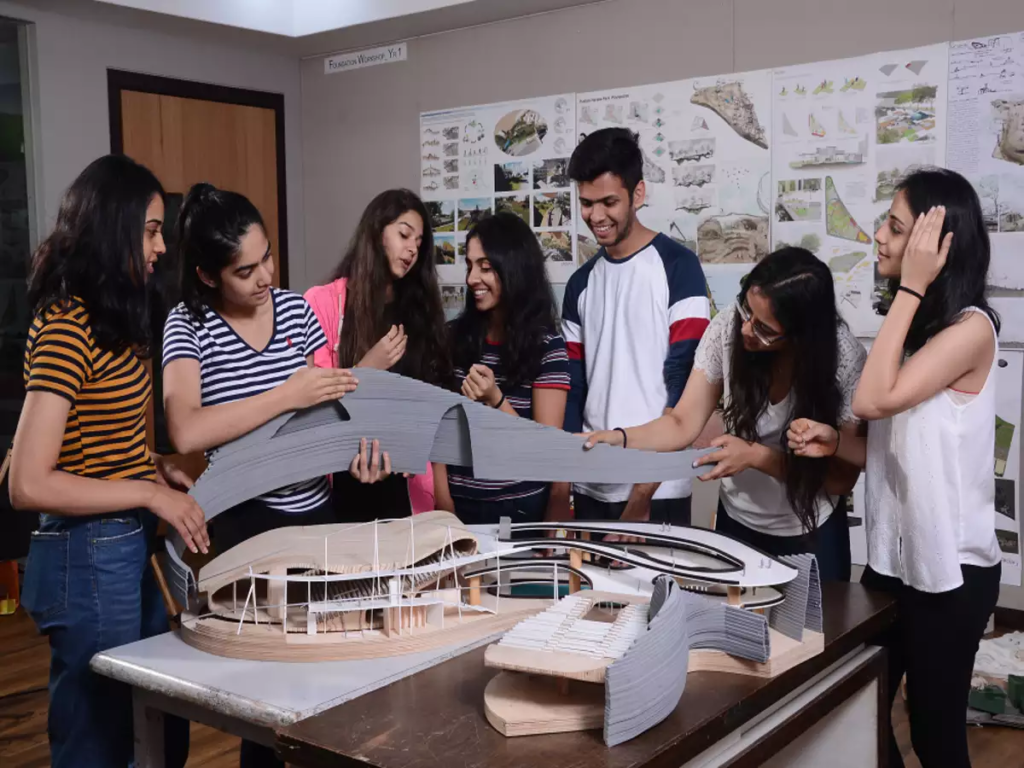Transforming Architectural Education: Embracing Innovations And Sustainability
Architectural education plays a vital role in shaping the next generation of creative and innovative architects. It combines artistic vision, technical expertise, and social responsibility to design and shape the built environment. As architectural practices and societal needs evolve, architectural education must keep pace with the latest trends and challenges to prepare students for their future careers.
Innovations in Architectural Education
1. Integrated Curricula

Architecture education has witnessed the adoption of integrated curricula, combining theoretical knowledge with practical application. This approach bridges the gap between academia and professional practice, fostering a holistic understanding of the field.
2. Digital Design and Technology
Technology has revolutionized architectural practices. Schools now offer courses in computer-aided design (CAD), Building Information Modeling (BIM), virtual reality (VR), and parametric design. These digital tools empower students to explore new design possibilities, enhance visualization skills, and communicate ideas effectively in a digitalized landscape.
3. Sustainable Design
With growing environmental concerns, sustainable design principles, green building practices, and renewable energy systems have become a focal point in architectural education. Students are encouraged to find innovative solutions that minimize the ecological footprint of buildings, promoting a more sustainable and responsible approach to architecture.
4. Experiential Learning
Hands-on workshops, site visits, design-build projects, and internships provide students with practical experiences that enhance their understanding of the complexities of the profession. This approach fosters critical thinking, problem-solving skills, and a deeper appreciation for the challenges of architectural practice.
5. Collaborative Learning: Architecture is a collaborative profession, requiring architects to work closely with other design disciplines and stakeholders. Educational institutions encourage interdisciplinary collaboration, integrating projects with disciplines such as urban planning, landscape architecture, and engineering, promoting effective teamwork and communication skills among students.
Challenges in Architecture Education
1. Rapid Technological Advancements
Keeping up with the rapid advancements in technology poses a continuous challenge for schools. They must update their curricula and equip students with the latest digital tools and software to stay relevant in the evolving digital landscape.
2. Balancing Tradition and Innovation
Educators face the challenge of striking a balance between embracing new ideas and preserving the fundamental principles of architectural history and heritage.
3. Addressing Societal Impact
Architectural education must equip students to address social, cultural, and environmental challenges. Promoting inclusivity, diversity, and sustainable design practices are essential to address the profession’s societal impact.
4. Adapting to Changing Pedagogies
Conventional lecture-based teaching methods are being replaced by student-centered, experiential learning approaches. Incorporating active learning methodologies, design thinking, and problem-based learning requires a shift in pedagogical practices and faculty development.
5. Advocacy and Public Awareness
Despite its impact on the built environment, architecture often lacks public awareness and understanding. Architecture schools must actively engage in advocacy efforts to raise public awareness, emphasizing the importance of informed decision-making in creating sustainable, functional, and aesthetically pleasing spaces.
Architectural education is undergoing significant transformations to meet the demands of a rapidly changing world. Innovations in integrated curricula, digital design technologies, sustainable practices, experiential learning, and collaborative approaches are reshaping architectural education. However, challenges remain in adapting to technological advancements, balancing tradition and innovation, addressing societal needs, adapting to changing pedagogies, and raising public awareness. By embracing these innovations and effectively addressing these challenges, architectural education can continue to produce skilled professionals equipped to design and shape the built environment sustainably and meaningfully.
Connect With Debonair Magazine On Social Media [ Facebook | Instagram | Twitter | LinkedIn ] To Get Real-Time Updates On The Market.


